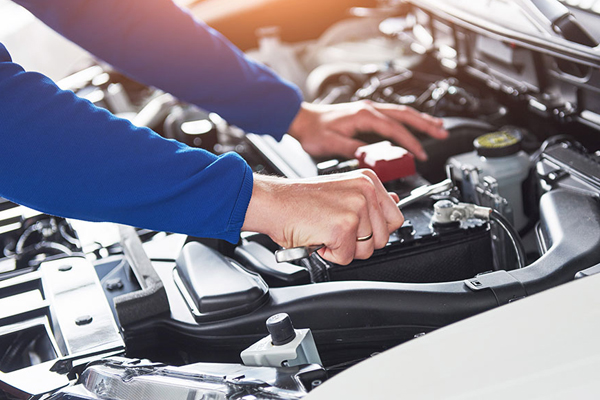Today, lorries are geared up with a wide array of safety and security attributes, from basic seatbelts to advanced motorist aid systems. In this post, we'll explore the advancement of auto safety and security functions and how these developments have actually made driving safer for everyone on the road.
The Birth of Automobile Safety And Security: Seatbelts and Very Early Developments. The tale of auto security begins with the invention of the seatbelt. It had not been till the 1950s that safety ended up being a focal point for car manufacturers.
In the adhering to decades, the automotive sector started to concentrate more on passenger security. The intro of crumple zones, locations of the lorry developed to soak up and dissipate the energy from a collision, ended up being extensive in the 1970s. These areas, combined with stronger safety cages and reinforced structures, made vehicles safer during accidents by decreasing the pressure on guests.

The 1980s and 1990s: Airbags and Anti-lock Brakes. By the 1980s, air bags began to become a crucial safety and security feature. At first, air bags were set up for the chauffeur and front guest, offering an added layer of defense in case of an accident. With time, side-impact airbags, drape airbags, and knee airbags were introduced, providing more detailed security for all residents of the lorry.
The 1990s additionally brought the arrival of anti-lock stopping systems (ABDOMINAL MUSCLE), which aided avoid the wheels from securing during hefty braking. This attribute significantly improved steering control and helped chauffeurs avoid accidents by lowering the possibilities of skidding. By the end of the 1990s, numerous automobiles were also furnished with electronic security control (ESC), which aided motorists maintain control in unsafe problems by automatically changing the brakes and engine power.

The 2000s and 2010s: Advanced Motorist Support Equipment (ADAS) As innovation progressed, the 2000s and 2010s saw the advancement of a whole brand-new group of security functions-- sophisticated motorist assistance systems (ADAS) These systems utilize sensing units, video cameras, and radar to assist motorists in stopping crashes. Functions such as lane separation caution, adaptive cruise control, and blind-spot detection began to appear in vehicles, providing an extra layer of understanding for drivers.
Perhaps among the most impactful ADAS innovations is automated emergency braking (AEB) This feature can find a potential accident and instantly use the brakes if the vehicle driver does not act in time. AEB has been proven to minimize rear-end collisions and is currently a standard feature in numerous new vehicles.
Various other significant advancements consist of vehicle parking sensing units, rearview video cameras, and cross-traffic signals, all created to assist motorists navigate even more safely in complicated atmospheres. These modern technologies intend to prevent crashes before they happen, giving real-time support to prevent collisions and improve general driving safety.
The Future: Autonomous Cars and AI Safety. Looking in advance, the future of auto security is linked to the growth of self-governing cars (AVs) and man-made knowledge (AI) With developments in artificial intelligence and real-time data handling, autonomous lorries are ending up being significantly with the ability of browsing the roads without human input. Companies like Tesla, Waymo, and others are making strides towards fully self-governing lorries, which could get rid of human mistake-- the leading root cause of accidents-- entirely.
Current semi-autonomous systems, such as Tesla's Autopilot and GM's Super Cruise, currently supply hands-free driving support on highways, with integrated precaution like flexible cruise ship control, lane-keeping assist, and emergency stopping. In the future, AVs are anticipated to incorporate even more advanced safety and security features, such as vehicle-to-vehicle (V2V) communication, where autos can "speak" to every various other to share info concerning road problems, web traffic, and prospective hazards.
Furthermore, the duty of AI in vehicle security will certainly remain to expand. AI-powered systems can analyze huge quantities of data in genuine time, making choices much faster and much more precisely than human drivers. This will likely lead to even smarter safety and security systems efficient in protecting against crashes before they take place.
Verdict: A More Secure Road Ahead. The evolution of vehicle safety features has made extraordinary strides since the intro of the seatbelt. The advancement of vehicle safety functions is a recurring trip, but one point is clear: the future of driving is much safer than ever previously.
Latest Posts
Efficiency and Style: The New Cadillac V-Series Cars
Land Wanderer's Function in International Exploration: From Africa to Antarctica
Leading 7 Luxury Cars That Deal the most effective Worth for Cash
Navigation
Latest Posts
Efficiency and Style: The New Cadillac V-Series Cars
Land Wanderer's Function in International Exploration: From Africa to Antarctica
Leading 7 Luxury Cars That Deal the most effective Worth for Cash